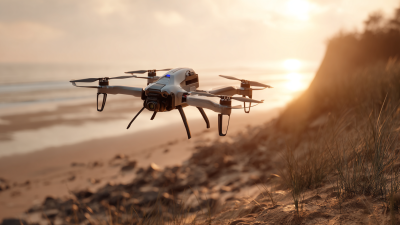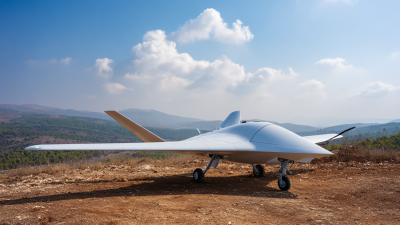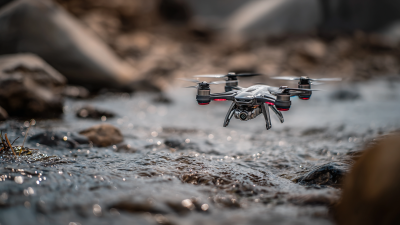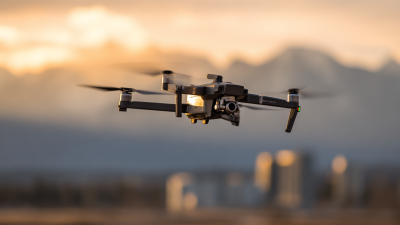Leave Your Message
As the demand for versatile aerial solutions continues to rise, the folding wing drone has emerged as a popular choice among both hobbyists and professionals. According to a recent report by Fortune Business Insights, the global drone market is projected to reach approximately $41 billion by 2026, with folding drones playing a significant role in this growth due to their compact design and ease of transport.
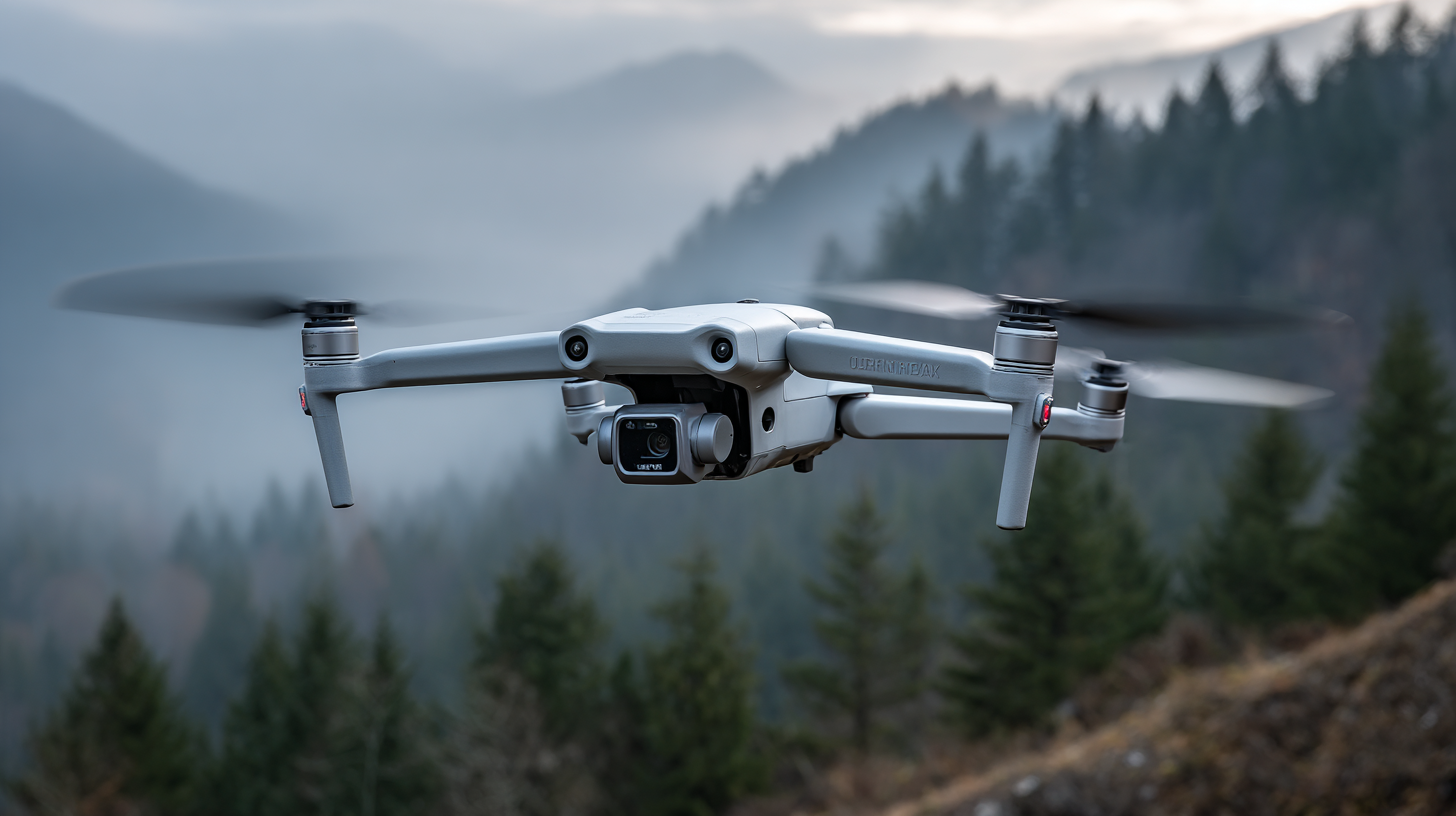 These drones combine the advantages of traditional fixed-wing and multi-rotor designs, offering enhanced flight stability and extended range while maintaining portability. However, selecting the right folding wing drone for your specific aerial needs involves considering various factors such as
payload capacity, flight time, and intended applications, from aerial photography to agricultural monitoring. Understanding these parameters is crucial for making an informed decision that aligns with your requirements in this rapidly evolving industry.
These drones combine the advantages of traditional fixed-wing and multi-rotor designs, offering enhanced flight stability and extended range while maintaining portability. However, selecting the right folding wing drone for your specific aerial needs involves considering various factors such as
payload capacity, flight time, and intended applications, from aerial photography to agricultural monitoring. Understanding these parameters is crucial for making an informed decision that aligns with your requirements in this rapidly evolving industry.
When selecting a folding wing drone, it is essential to understand the various types available and their distinct features. Folding wing drones are designed for portability and ease of transport, making them ideal for outdoor activities, professional photography, or surveying. There are generally two main categories: fixed-wing drones and those equipped with multi-rotor technology. Fixed-wing drones benefit from longer flight times and greater stability in wind conditions, making them suitable for larger areas during mapping or surveying tasks.
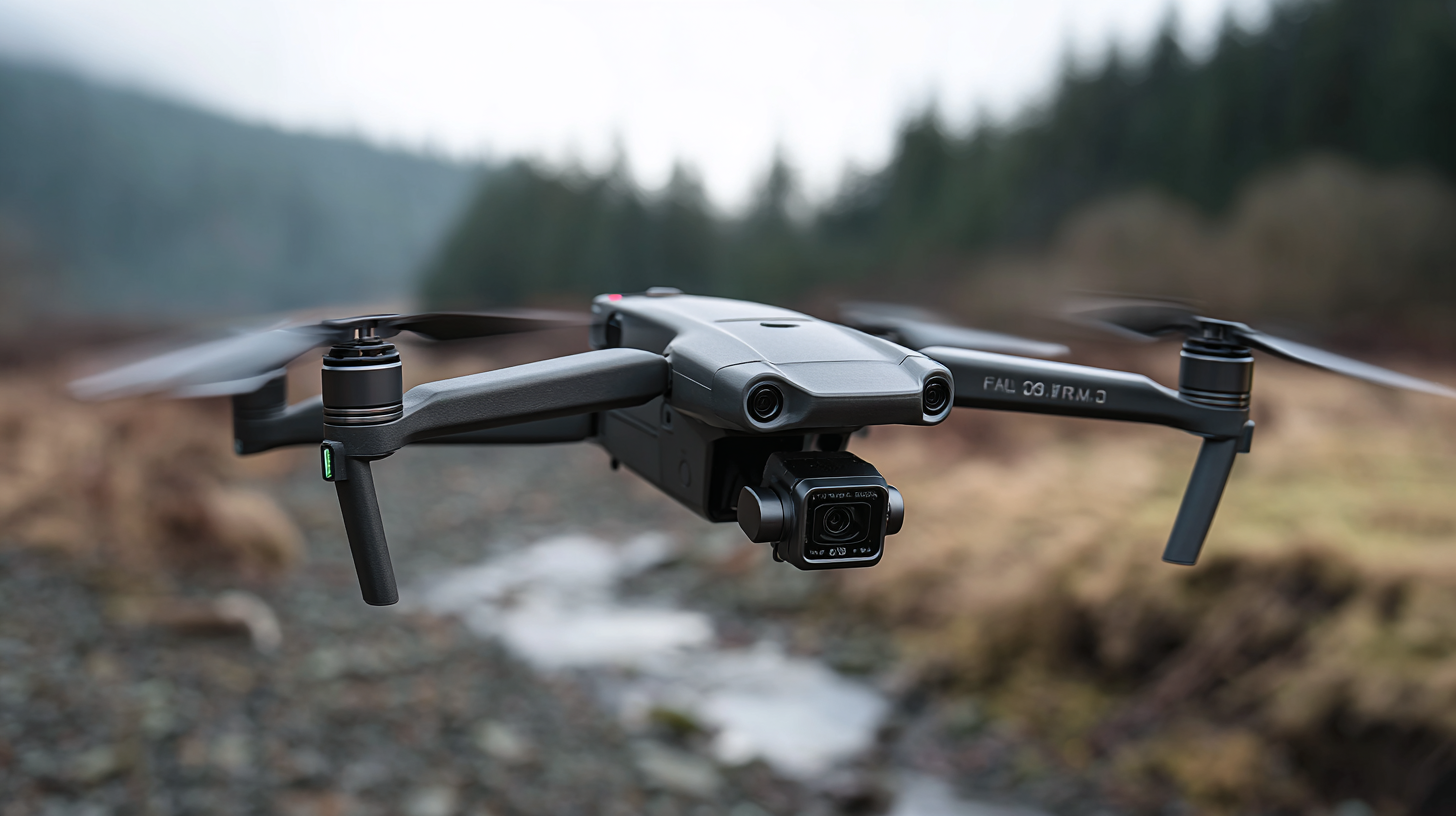
On the other hand, multi-rotor folding drones excel in maneuverability and are often equipped with advanced camera systems, perfect for capturing high-quality aerial images. Some models offer versatility with interchangeable wings or rotors, catering to different flight requirements. Understanding your specific aerial needs—whether for commercial use or recreational flying—will help you choose the right type of folding wing drone.
Pay attention to key features such as flight range, battery life, camera capabilities, and ease of use to find a drone that fits your goals effectively.
When selecting a folding wing drone, it’s essential to consider key specifications that align with your intended aerial applications. One of the most critical parameters is the drone's flight time. According to a report by MarketsandMarkets, advancements in battery technology have resulted in drones now achieving flight times of over 30 minutes, making them ideal for surveying large areas or lengthy aerial photography projects. Opting for a model with an extended flight time can significantly enhance operational efficiency.
Another vital specification to assess is the drone’s payload capacity. The ability to carry additional equipment, such as high-resolution cameras or sensors, can elevate the drone's utility in professional settings. Industry standards indicate that a folding wing drone with a payload capacity of at least 2 kg can accommodate various attachments without compromising performance. Additionally, check the drone’s stability and control range; models with advanced stabilization systems and a control range of up to 5 kilometers are ideal for precision tasks, especially in challenging environments. These considerations will ensure that the selected drone meets both performance and reliability expectations for any aerial endeavor.
When selecting a folding wing drone, assessing aerial performance and stability is paramount. Recent industry reports, including a study from the Association for Unmanned Vehicle Systems International (AUVSI), highlight that stability during flight is significantly influenced by factors such as wing design, weight distribution, and the drone's center of gravity. Drones with a wider wingspan typically exhibit superior lift, making them more efficient for various aerial tasks, particularly in adverse weather conditions. For instance, the report notes that drones with a wingspan over 1.5 meters can maintain stability in wind speeds of up to 15 mph, compared to their smaller counterparts which struggle at lower thresholds.
Additionally, the choice of materials used in the construction of the drone plays a vital role in its performance. A study by the European Union Aviation Safety Agency (EASA) found that drones crafted from lightweight composites can enhance maneuverability and reduce energy consumption by up to 20%. This efficiency not only extends flight times but also allows for a greater payload capacity, which is crucial for applications ranging from aerial photography to agricultural monitoring. Therefore, potential buyers should prioritize drones that incorporate advanced materials and designs to achieve optimal aerial performance and stability tailored to their specific needs.
When selecting a folding wing drone, assessing portability is crucial. The primary advantage of a folding wing design is its ability to be compact for easy transportation. Look for drones that not only fold down to a manageable size but also come with lightweight materials. This ensures that you can carry your drone comfortably, whether you’re hiking, traveling, or simply heading to a local park. Additionally, consider the drone's overall weight, as lighter models are typically more portable and can be easily maneuvered in crowded spaces.
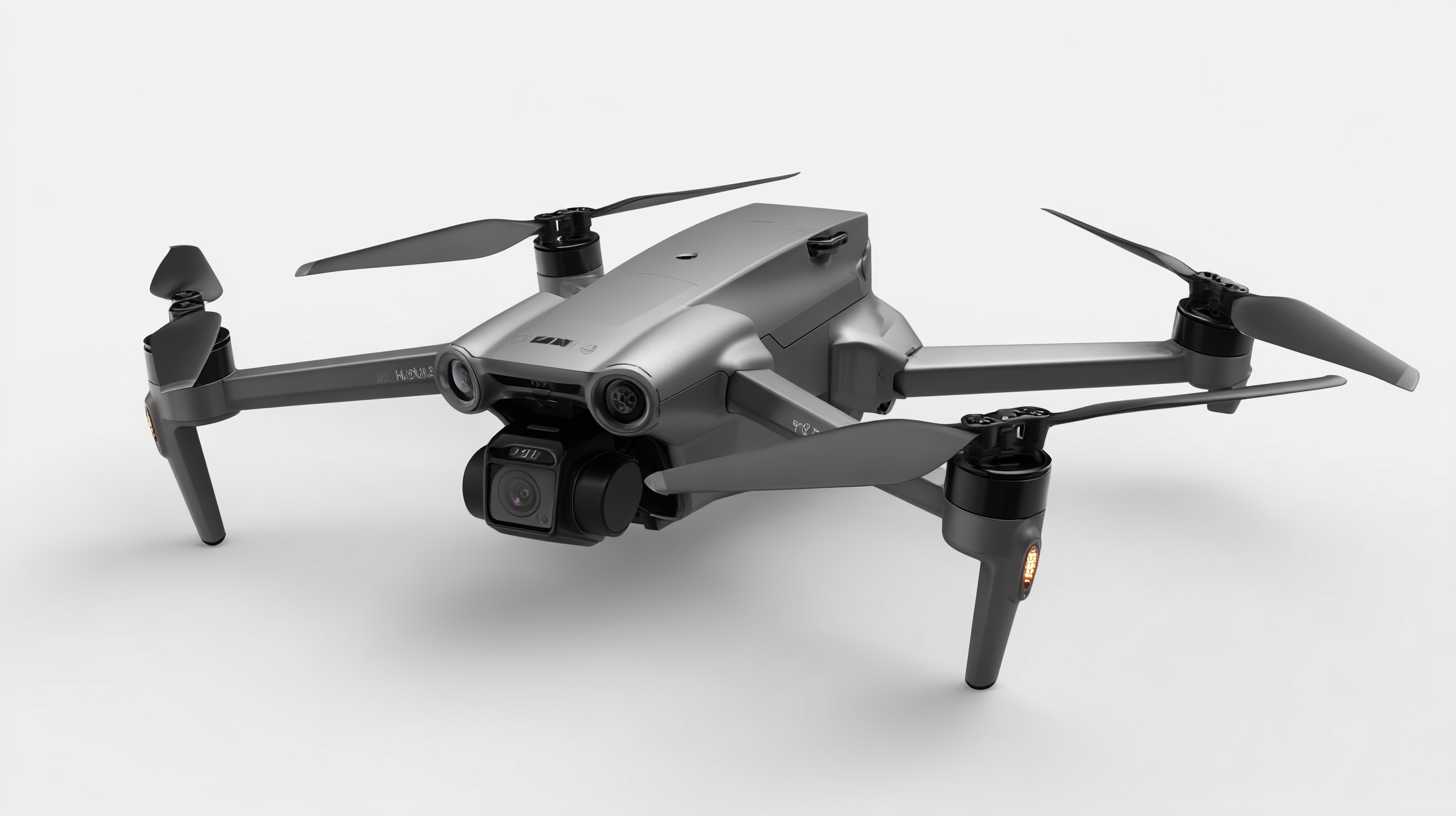
Ease of use is another important factor in your decision-making process. A user-friendly interface and intuitive controls can greatly enhance your flying experience. Look for drones that offer features like automated takeoff and landing, as well as simplified navigation systems. Furthermore, consider the availability of tutorials or customer support, which can significantly ease the learning curve for new pilots. By prioritizing these aspects, you can ensure that your chosen folding wing drone meets both your aerial needs and your mobility requirements.
When selecting a folding wing drone, understanding the price points and value for money is essential. Recent reports indicate that various drone models in 2025 cater to a wide range of budgets, ranging from entry-level options priced below $500 to high-end models exceeding $2,000. For instance, budget-friendly models typically provide basic features suitable for casual use, including 4K video capability and straightforward controls, while premium models often include advanced technology such as 1-inch sensors and complex gimbals for superior image quality.
Moreover, value for money can greatly affect purchasing decisions. A recent analysis emphasized that some mid-range drones deliver exceptional performance, surpassing more expensive counterparts in image quality and versatility. For example, certain drones in the mid-tier price category have shown to be ideal for both amateur and professional videography, featuring robust stabilization systems and user-friendly interfaces. This balance of cost and capability makes it imperative for consumers to carefully consider their specific aerial needs and budget constraints when choosing the right folding wing drone.
